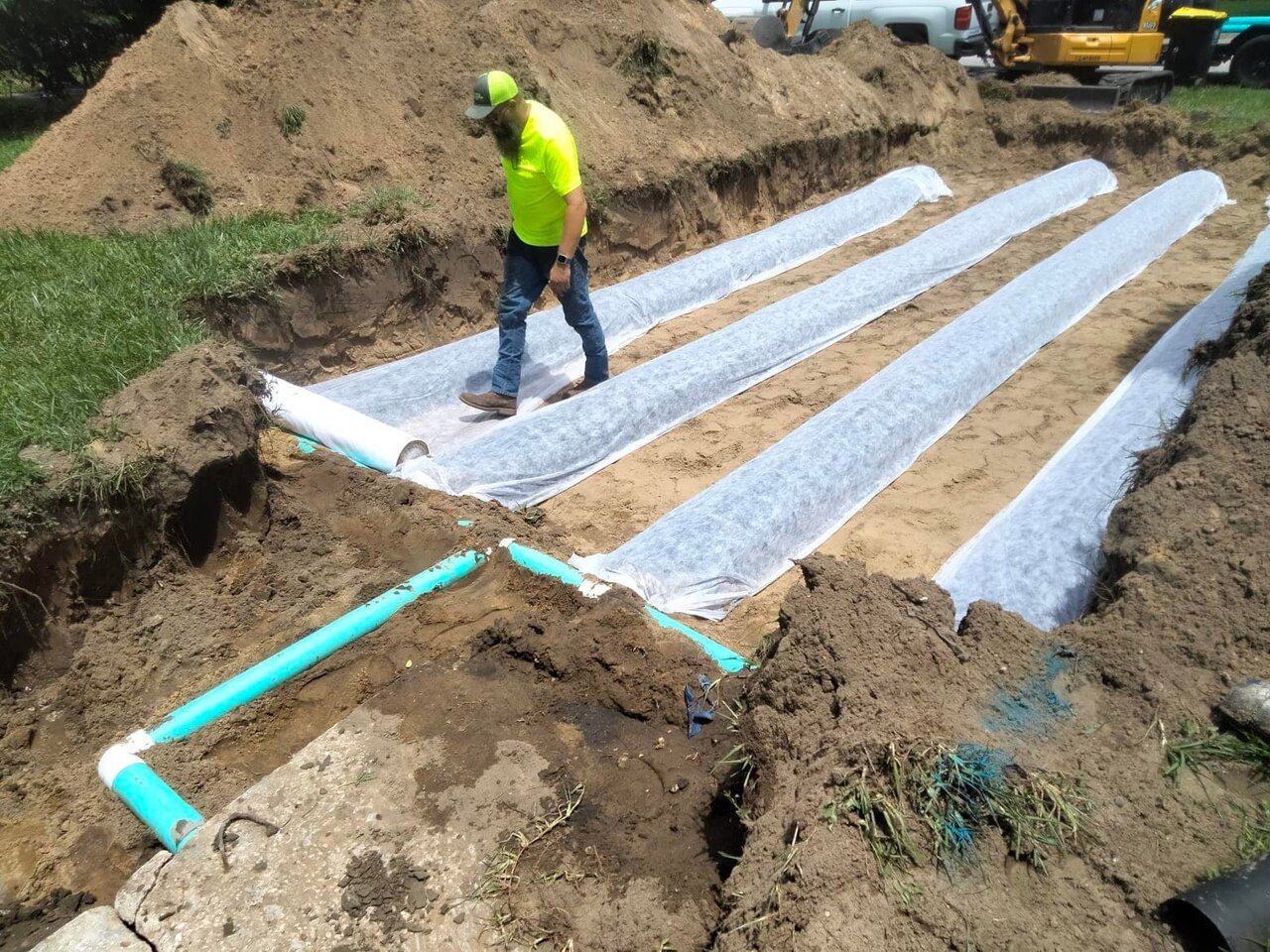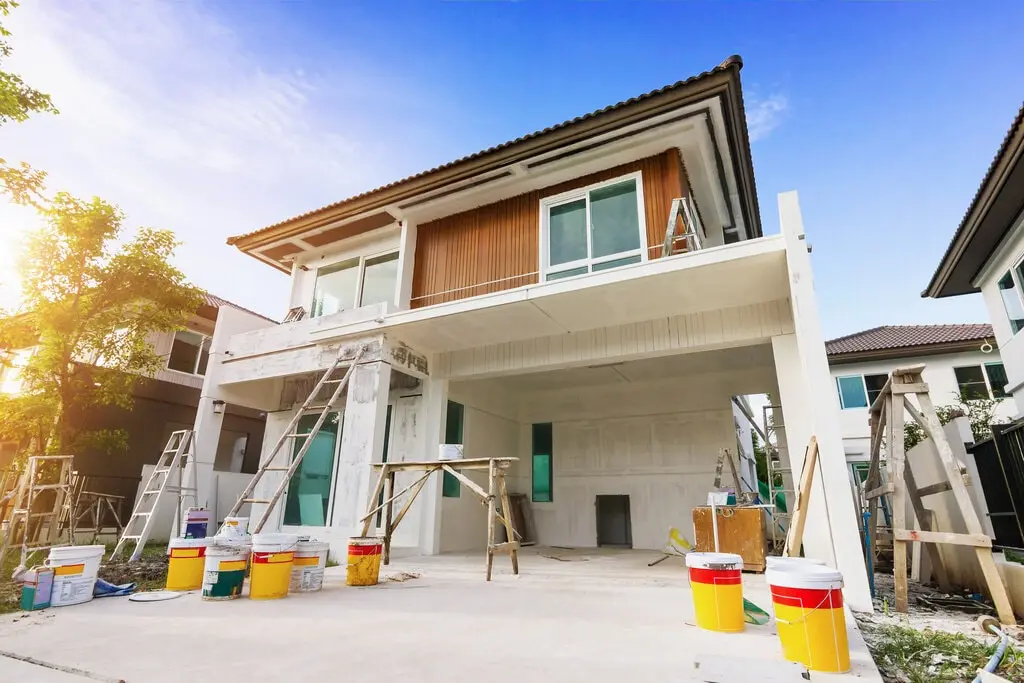Your septic system is one of the most important parts of your home, and yet many people do not know how to properly maintain them. In order to save money on your septic system, it is important to learn about some simple tips that can help you keep it running smoothly.
1. Have your septic system inspected regularly to avoid costly repairs down the road
It is essential to have your septic system inspected regularly. By doing so, you can catch problems early on and avoid costly repairs down the road.
During an inspection, an assessment of the condition of your septic tank, leach field, and other components will be conducted by a trained septic inspector. They will also check for any signs of damage or wear and tear. If any issues are found, they will be able to make recommendations for repairs or replacements.
By investing in regular septic inspections, you can keep your septic system running smoothly for years to come.
2. Pump out your septic tank at least every 3-5 years
You should have your septic tank pumped out at least every 3-5 years. This helps to prevent solids from building up and clogging the system. A clogged septic tank can lead to a number of problems, including sewage backup, foul odors, and even water contamination.
In addition, it can be expensive to have a septic tank cleaned out, so it is best to prevent problems before they start. Pumping out your septic tank on a regular basis is one of the best ways to keep your system running smoothly.

3. Use water efficiently
Excessive water usage can cause your septic system to work harder than it should. One of the simplest ways to reduce your water usage is to fix any leaks in your home. A leaky faucet can waste up to 3 gallons of water per day, while a leaky toilet can waste up to 200 gallons.
In addition, make sure to only run full loads in your washing machine and dishwasher. These appliances use a significant amount of water, so it is important to be efficient when using them.
You can also save water by investing in low-flow showerheads and toilets. Low-flow showerheads can save up to 2.5 gallons of water per minute, while low-flow toilets can save up to 4 gallons per flush. By taking these simple steps, you can make a big difference in your water usage.
4. Dispose of household chemicals properly
Every year, millions of gallons of household chemicals are improperly disposed of by being poured down the drain. While this may seem like an easy way to get rid of unwanted chemicals, it can actually have serious consequences for both the environment and human health if they end up in the groundwater.
Chemicals poured down the drain can also throw off the delicate balance in your septic tank by killing or harming the beneficial septic tank bacteria. This can cause the wastewater to not be processed efficiently, leading to the need for repairs or even replacement.
5. Know what can and cannot be flushed or put into a septic system
All of the wastewater from your home flows into the septic tank. This means that anything that goes down the drain or is flushed down the toilet gets processed through the septic system.
To save money on unnecessary repairs, homeowners should be aware of what should – and should not – be flushed into the system. Here is a short list:
- Flush only toilet paper and human waste down the toilet.
- Do not flush feminine hygiene products, condoms, diapers, or other materials.
- Do not pour cooking oil, grease, or fat down the drain. These can solidify in the septic tank and cause clogs.
- Do not pour chemicals down the drain. This includes cleaners, paint thinners, and pesticides.
6. Address Problems Promptly
Signs of trouble with your system should be addressed by a septic tank contractor as soon as possible. That is because small problems can quickly become bigger – and much more expensive – issues.
Here are a few signs of problems with your septic system:
- Slow or clogged drains
- Frequent sewage backups
- Gurgling sounds from the drains
- Unusual growth of grass over the septic tank or drainfield
- Sewage odors in the home or yard
- Standing water over the septic tank or drainfield
If you notice any of these problems, it is important to contact a septic company right away. They will be able to determine if there is a problem with your system and make the necessary repairs.

7. Know Your Septic System
Homeowners who purchase a home with a septic system often do not know much about it – including where the septic tank is located and where the cover can be found. If a septic company has to spend time finding the tank or unearthing the cover, the septic services will be more costly.
You should also be aware of the location of the drainfield and pipes, since you should never park, drive, or build structures on top of them. This can cause pipes to crack or the soil in the drainfield to become compacted – which makes it less effective at processing the effluent. Drainfield problems can be challenging (and expensive) to repair, so it is best to always exercise caution near them.
Your Septic Company In and Near Lakeland
Septic and Drainfield Depot is the best choice for septic service in and near Lakeland. We offer a full range of services, from septic tank pumping and cleaning to drainfield installation and lift station maintenance.
Our team of experienced septic professionals strives to solve your problem the first time because we know how important it is to have a properly functioning septic system. For major septic repairs or installation, we also offer septic financing that allows you to break the cost down into manageable monthly payments.
Contact us today for a free estimate.







